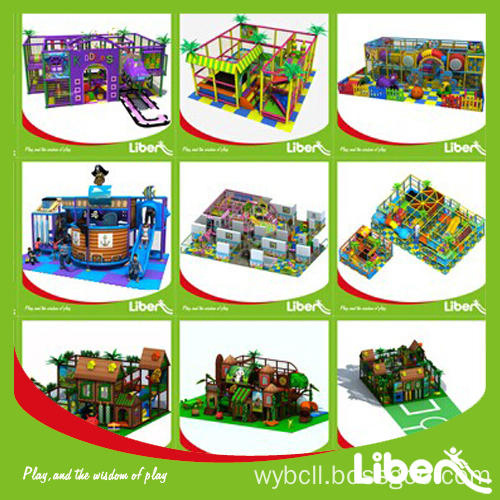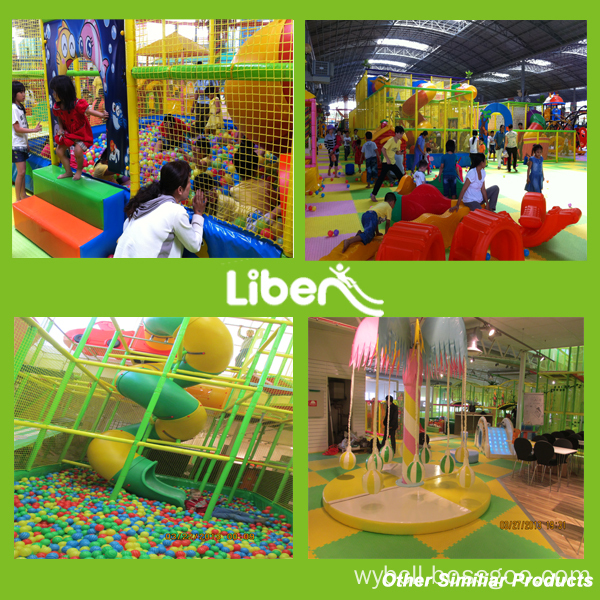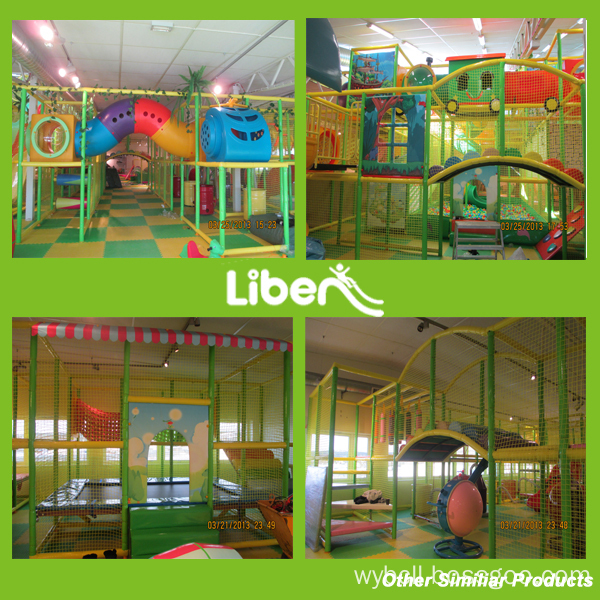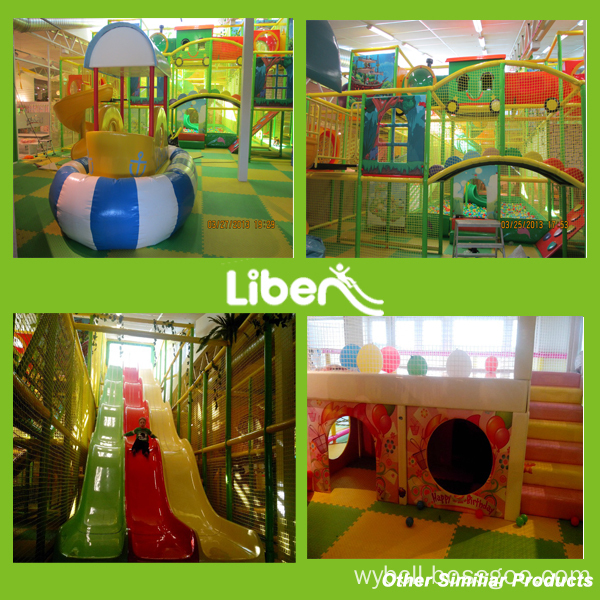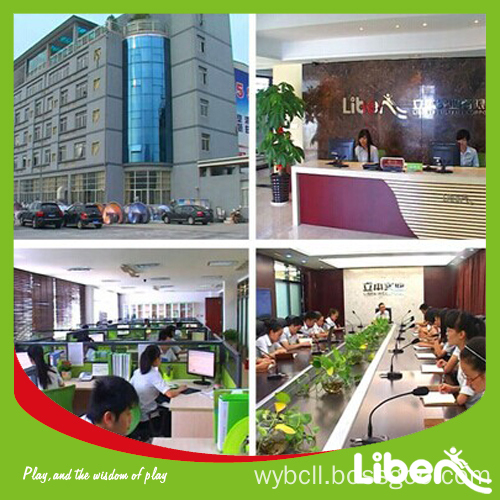Third, the bottom
On the web of the printed fabric, some or all of the patterns fail to obtain sufficient color paste, so that the color of the pattern is lighter, and even when printing is severe, the color of the fabric itself is exposed.
cause:
1. The screen version is improperly selected. Bottom outbreaks are almost always prone to occur when large areas of patterns are printed. If large areas of screens are used, meshes with smaller meshes are used. Due to the restriction of the mesh, the color paste scraped onto the fabric is not enough. The absorption reveals the original background of the fabric.
2. Incorrect screen development. When the screen is developed by sensitization, the unmasked film is not washed, adheres to the net stalk of the screen, and the mesh is relatively small. When the squeegee is printed, the amount of color paste transferred to the fabric is small, and the amount is reduced. The amount of slurry appeared.
3. Due to deformation of the stencil, the stencil is tilted away from the fabrics laid on the stamp pad, so that some of the stencils do not have enough slurry, and even result in a bare bottom.
4. Scraper running speed, pressure is small, with a shortage of pulp, scraper rubber is too hard, the blade is too sharp and other factors are easy to make the pattern lack of pulp.
5. Color paste performance does not meet the requirements. The paste is too viscous and lacks the proper fluidity and diffusivity, so that the paste printed on the fabric is stuck in the local area of ​​the fabric pattern. The pulp is insufficient and uneven, resulting in exposed bottom. However, the color paste viscosity can not be too low, too low will lead to osmotic, paste and other defects.
6. Thick fabrics with thick yarns or sparse tissue, due to the uneven surface of the fabric, the concave portion is easily pulped. (to be continued)
Source: "Guangdong Printing"
